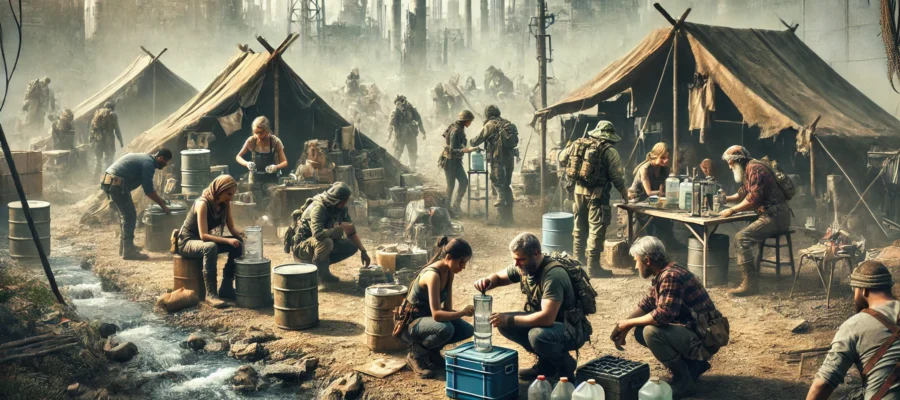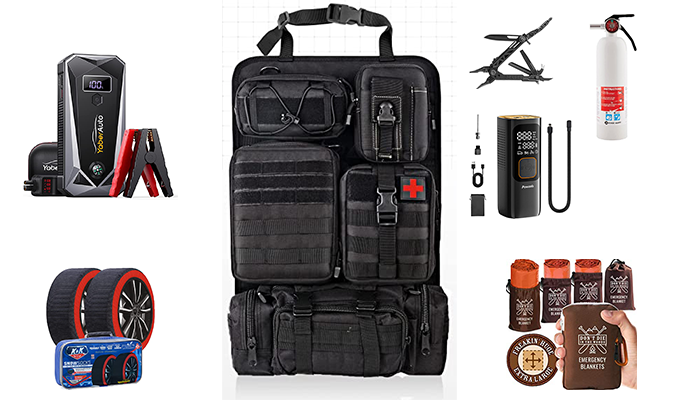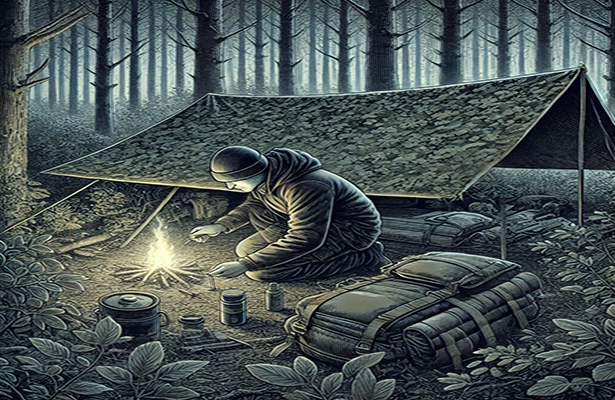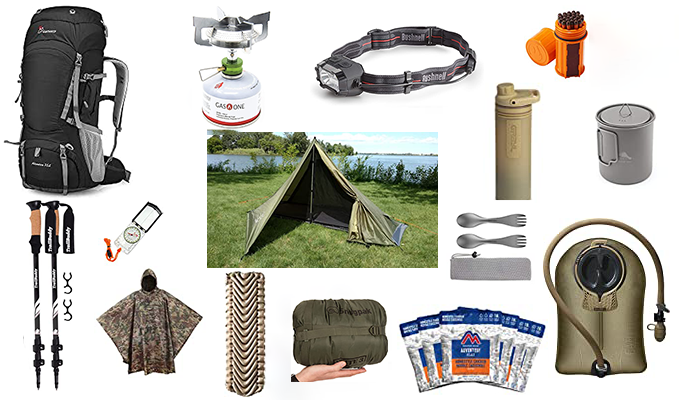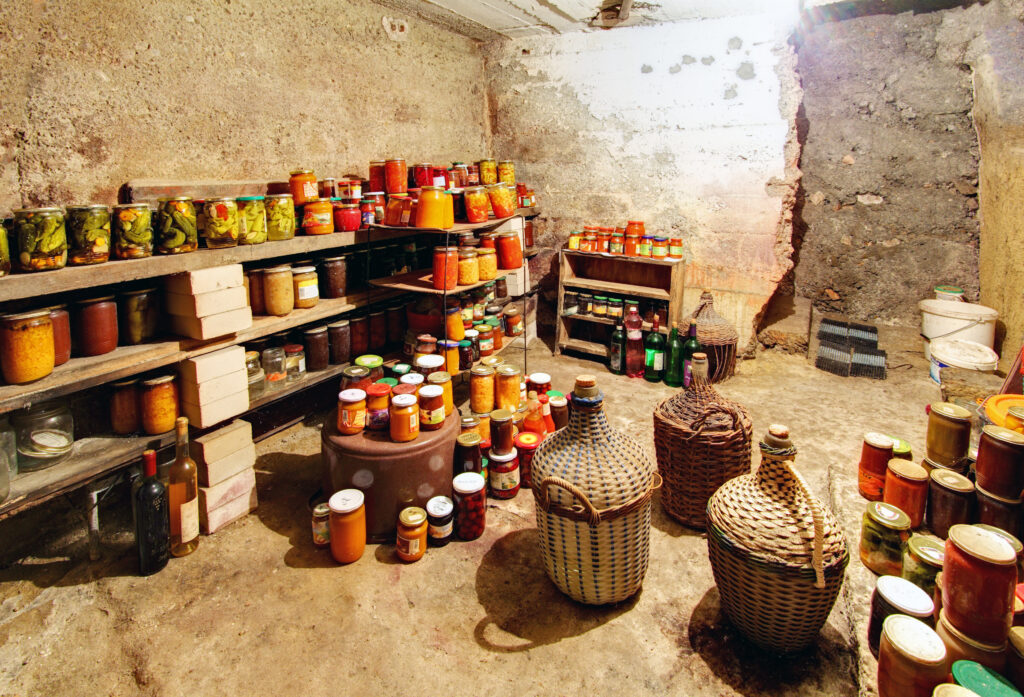Prepping and survival have become increasingly important in recent years, as the threat of natural disasters, political unrest, and pandemics looms larger than ever before. While many people believe that prepping is an individual pursuit, there are many benefits to prepping and survival with a group or community.
In this article, we will explore the importance of prepping and survival with a group or community, and how it can increase your chances of survival in the face of a disaster.
Shared Resources and Knowledge
One of the most significant benefits of prepping and survival with a group or community is the ability to share resources and knowledge. In a disaster, access to food, water, medical supplies, and other essentials can be limited. By pooling resources with others, you can ensure that everyone in your group has what they need to survive.
Sharing knowledge is also essential for survival in a disaster. Each member of the group can bring unique skills and expertise to the table, such as hunting, fishing, medical training, or construction. By sharing this knowledge, everyone in the group can learn and develop new skills that can increase their chances of survival.
Reducing the Psychological Impact
Prepping and survival with a group or community can also help to reduce the psychological impact of a disaster. When faced with a crisis, it is common to feel isolated and overwhelmed. Being part of a group can provide emotional support and a sense of community, which can be invaluable in times of stress.
The sense of purpose that comes from working together towards a common goal can also help to reduce anxiety and depression in the aftermath of a disaster. When everyone is working towards the same goal, there is a sense of camaraderie and shared responsibility that can help to mitigate the psychological effects of a disaster.
Establishing Clear Roles and Responsibilities
One of the keys to successful prepping and survival with a group or community is establishing clear roles and responsibilities. Each member of the group should have a specific role to play, such as gathering food, purifying water, or providing medical care. This not only ensures that everyone is contributing to the group’s survival, but also helps to prevent conflicts and misunderstandings.
Having clear roles and responsibilities also helps to ensure that everyone is working towards the same goal. When everyone knows what is expected of them, there is less room for confusion and miscommunication.
Communication Plan
Another important aspect of prepping and survival with a group or community is establishing a communication plan. In the event of a disaster, communication channels may be disrupted, so it is important to have a backup plan in place. This may involve using walkie-talkies, setting up a signal system, or establishing a meeting point where everyone can gather.
Having a communication plan in place can also help to prevent misunderstandings and conflicts within the group. When everyone knows how to communicate effectively, there is less room for confusion and misinterpretation.
Building Trust and Compatibility
Of course, prepping and survival with a group or community also requires a certain level of trust and compatibility among group members. It is important to choose people who share your values and goals, and who are committed to working together for the common good. This may involve reaching out to friends, family members, or neighbors who are also interested in prepping, or joining an existing prepping community.
Building trust and compatibility within a group can take time and effort, but it is essential for the success of the group. When everyone is working towards the same goal and trusts each other, there is a sense of unity and purpose that can help to ensure the group’s survival in the face of a disaster.
Practical Examples of Prepping and Survival with a Group or Community
There are many practical examples of prepping and survival with a group or community. One example is the Amish community, which has a long history of self-sufficiency and preparedness. The Amish lifestyle promotes simplicity and sustainability, with an emphasis on living off the land and minimizing dependence on modern technology. In the event of a disaster or emergency, the Amish are well-prepared to rely on their own resources and skills to survive.
Another example of prepping and survival with a group or community is through the use of a co-op or shared resources. A co-op is a group of people who pool their resources and skills together to achieve a common goal. This could include sharing equipment, food, water, shelter, or other necessities in the event of a crisis. By working together and sharing resources, a co-op can increase its chances of survival and reduce the strain on individual members.
Building a community garden is another practical example of prepping and survival with a group. A community garden is a shared space where members can grow their own food and work together to maintain the garden. By growing their own food, the community can reduce their dependence on grocery stores and increase their self-sufficiency. Community gardens can also provide a sense of community and support, which can be crucial in times of crisis.
Forming a neighborhood watch or mutual aid group is another practical example of prepping and survival with a group. A neighborhood watch is a group of residents who work together to keep their neighborhood safe and secure. Mutual aid groups are similar, but focus on providing support and resources to members of the community in times of need. By forming a neighborhood watch or mutual aid group, members can increase their sense of community and work together to prepare for and respond to emergencies.
In conclusion, there are many practical examples of prepping and survival with a group or community. Whether it is through the Amish lifestyle, co-ops, community gardens, or neighborhood watch groups, working together can increase our chances of survival and reduce our dependence on outside resources. By building strong and resilient communities, we can prepare for the unexpected and be ready to face whatever challenges may come our way.
There are many practical examples of prepping and survival with a group or community. Here are some examples:
- Neighborhood Watch Programs: Neighborhood watch programs are a great example of prepping and survival with a community. These programs involve neighbors working together to watch out for each other and report any suspicious activity to the police. In the event of a disaster or emergency, these groups can work together to ensure the safety and well-being of everyone in the neighborhood.
- Community Gardens: Community gardens are another practical example of prepping and survival with a group or community. These gardens provide a source of fresh fruits and vegetables for the community, and can be used to teach valuable gardening skills to members of the group. In the event of a disaster, these gardens can provide a source of food for the community.
- Homesteading Communities: Homesteading communities are groups of people who live off the land and are self-sufficient. These communities may grow their own food, raise animals for food and fiber, and generate their own power through renewable sources such as solar panels or wind turbines. These communities can be an excellent example of prepping and survival with a group, as they are prepared to weather a disaster or emergency with their self-sufficient lifestyle.
- Emergency Preparedness Groups: Emergency preparedness groups are another example of prepping and survival with a community. These groups often focus on developing skills such as first aid, search and rescue, and disaster response. They may also stockpile food, water, and medical supplies in preparation for an emergency.
- Mutual Assistance Groups: Mutual assistance groups are groups of people who agree to help each other in times of need. These groups may provide assistance with childcare, transportation, or housing in the event of a disaster or emergency. They may also stockpile food, water, and other supplies in preparation for an emergency.
- Co-Housing Communities: Co-housing communities are groups of people who live in a shared housing development. These communities often share common spaces such as kitchens and living rooms, and may also share resources such as tools and appliances. In the event of a disaster or emergency, these communities can work together to ensure the safety and well-being of everyone in the community.
Conclusion
Prepping and survival with a group or community is an important aspect of disaster preparedness. By working together, sharing resources and knowledge, and establishing clear roles and responsibilities, groups can increase their chances of survival in the face of a disaster. Whether it’s through neighborhood watch programs, community gardens, homesteading communities, emergency preparedness groups, mutual assistance groups, or co-housing communities, there are many practical examples of prepping and survival with a group or community. By building trust and compatibility among group members, and establishing a communication plan, groups can be better prepared to face whatever challenges come their way.

Solar Power: A Sustainable Solution for Living Off the Grid
Living off the grid is a lifestyle choice that prioritizes self-sufficiency and sustainability by disconnecting from traditional utilities like electricity, water, and gas. Among the […]


